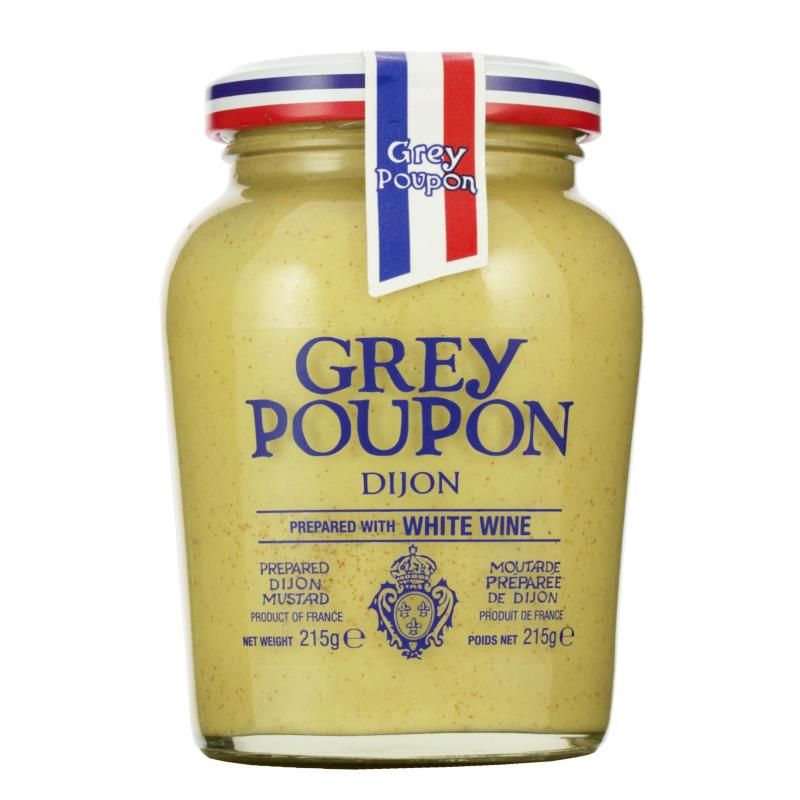

We can barely belief the gusto with which our customers have embraced cooking in lockdown. I can barely keep up with flour – we’ve literally ordered and sold five times our normal amount - and probably could have sold double again had we had the stock!
At first I thought it was everyone at home with kids – let’s face it, no matter what age you are everything is better with cake – but it turns out that with a bit of time on your hands, breadmaking is where this lockdown is at.
Nicki, who helps us with our PR and social media, and her grown up son, are one such household. In fact they’ve become full on flour fanatics with jars of sour-dough starters dotted about and Saturday nights now earmarked for pizzas and Italian wine quaffing.
We asked her to write up her tips and ideas for the blog. Enjoy!
I’ve been saying for a looooong time – as in, years! – that I want to get a sourdough starter on the go but every time I read ‘how to’ articles on getting going I’m put off by what feels like a long, drawn out process. Feeding, tipping out, weighing… on the surface it appears to be as much work as a small child or a hungry pet!
So when lockdown came and I realised we were all going to have to find ways to stay amused that didn’t involve tormenting one another, I decided to get my sour-dough on. At only six weeks and four successful loaves in, I am by no means an expert but I’m willing to share what I’ve discovered along the way to help out anyone else who's thinking of starting.
As a wee note, all my chef-y friends name their starters and I have one pal who has carried about the same Mother Culture for almost a decade. This strange mix of flour and water strangely becomes like one of the family.
I made two – a white flour mix and a wholemeal mix and named them Vincent and Jools. They are our Quarentino Starters. Fans of Pulp Fiction will get the reference I’m sure.
I researched a few recipes (I’m a bit of a geek) before deciding to use the Great British Chefs website. It seemed the most straight-forward and as it didn't need any yeast to get going, it was the most accessible one at the time.
TIP ONE: My Kilner jars were the 500g ones so I halved the recipe. Now, this worked because I just halved everything moving forward. BUT when I went to make my first batch of bread I used almost all of the starter dough. You need the tall kilners to make sure you have enough to do your bread and have some leftover to keep ‘feeding’.
TIP TWO: Mine took 5 days to ‘bubble’- I’m not really renowned for my patience when it comes to waiting on things so this was a challenge for me. It can take up to a week so don’t worry, you’ve not done anything wrong. You can give it a stir every day or two to feel like you’re doing something - and they do recommend this – but the idea of it being all-consuming timewise is a definite myth!
TIP THREE When you start ‘feeding’ it you can use your eye to split the mix in two. You don’t have to weigh it or be precise. Some recipes say to throw half away but that seemed hugely wasteful so I went from two mixes to four and promptly ran out of jars. This is really the only part of the process that’s a bit of a faff- but even at that it’s a 15 minute job!
TIP FOUR: Mine ended up with a hard ‘skin’ on top of it. I Googled this with mixed results but eventually decided on removing the skin, giving it a good mix and feeding again and then using the jar’s lid instead of the damp tea towel. On reading more I think I’d left it too long just partially covered.
TIP FIVE: I moved my mix to the larger, 2 litre Kilner jars (I ordered mine on Amazon) after the first batch of bread and now feed them every two to three days. I was weighing things out to start with but now I just use my baking spoons so I know I’m adding the same of water and flour. I use the ½ cup size.
NOTES: It is possible to ‘kill’ your starter or for it to go bad. When I was searching for my ‘skin on top’ solution I found various forums and blogs all with conflicting results but this Sourdough Starter Troubleshooting one seemed most sensible.
I’ve been using a BBC sour dough recipe for making my bread. It’s straight forward to follow and I’ve had a rip-roaring success every time!
TIP SIX: You do need time on the day of baking to leave it to prove. The recipe I’ve been following needs two rounds of proving at about 3 hours each. I’ll whip up a batch of dough in the morning, knead at lunchtime and then bake at night. I accidentally forgot about a batch one evening and left it overnight. I just skipped the part where I split it in two halfway through and did it at the end – it worked out no problem. In fact it was delicious!
TIP SEVEN: If you share a house with other people. Hide. It. Because OH. MY. DAYS. It is heavenly. I baked two loaves the other morning, sat at my computer working all day and when I ventured back to the kitchen there was the smallest piece of heel and few crumbs remaining!
All of these tasty toppings are available at Provender Brown and come highly recommended!


Festive Opening Hours
Monday 29th 9-5pm, Tuesday 30th 9-5pm, Wednesday 31st 9-3pm
Closed 1st & 2nd January